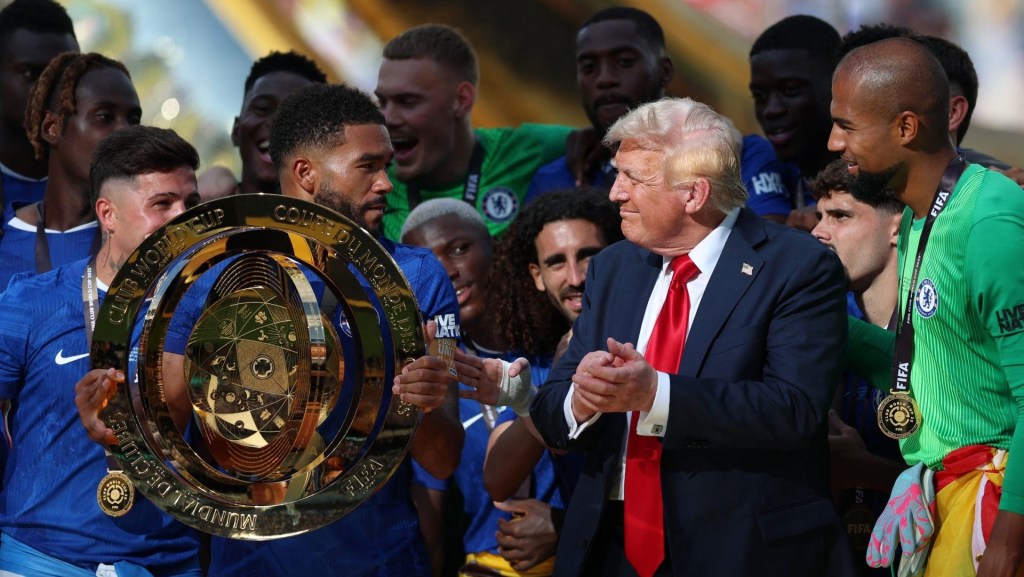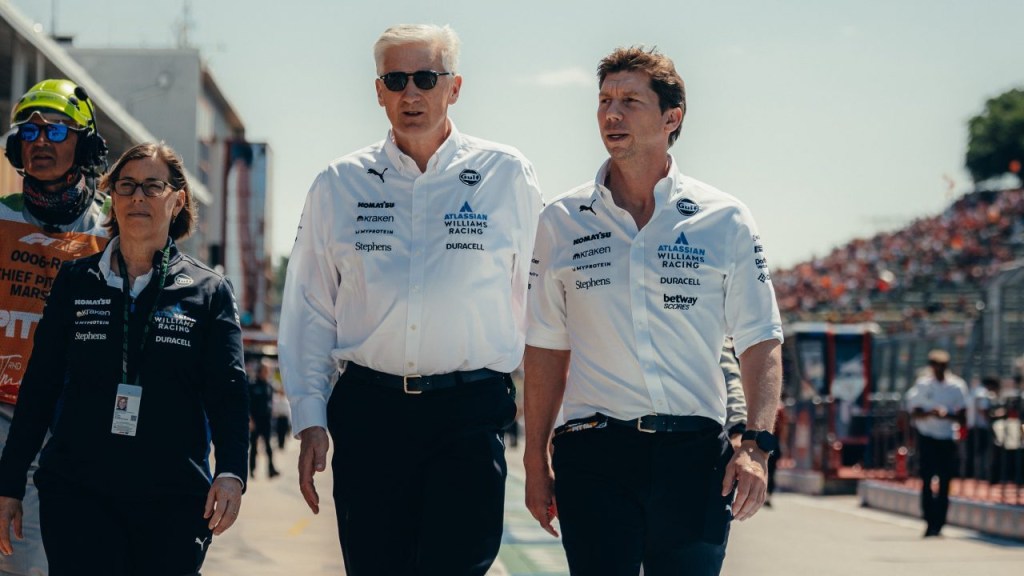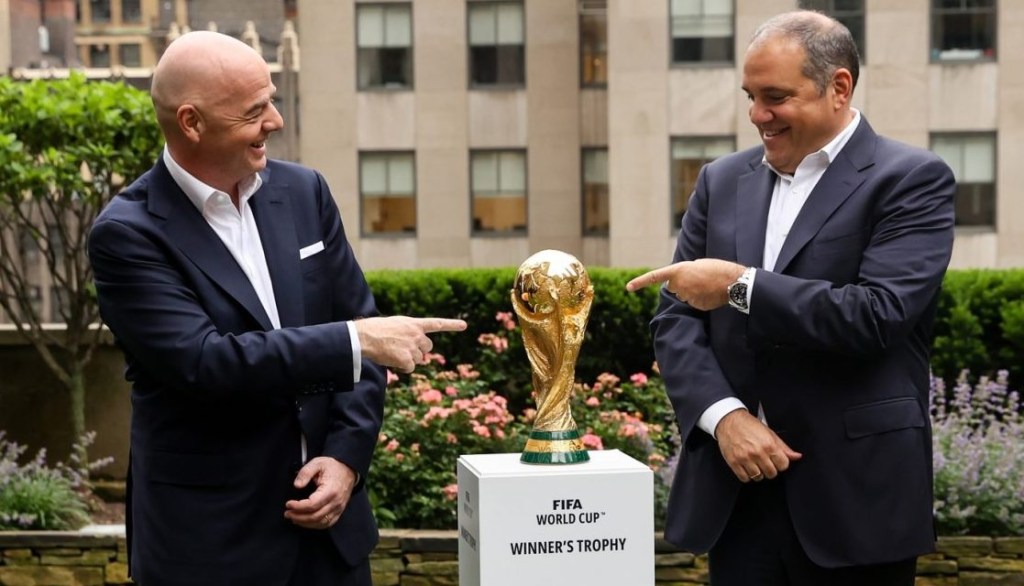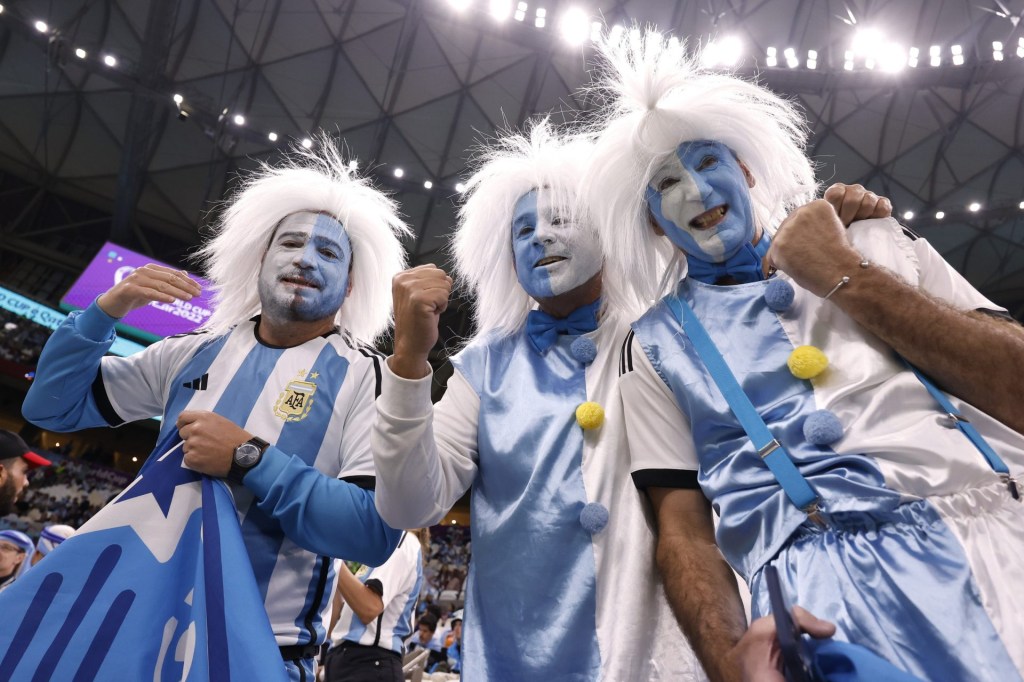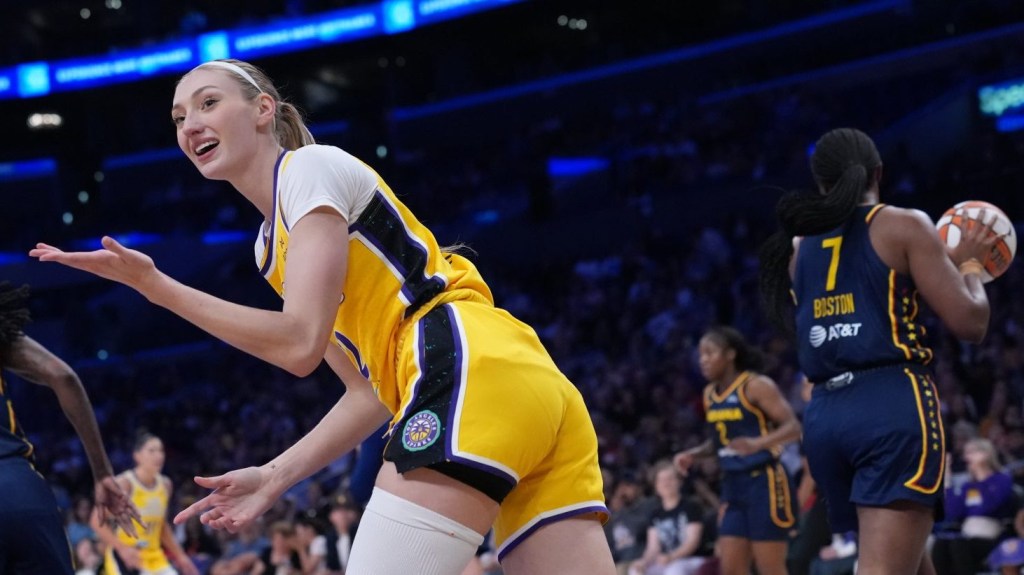The 2023 Women’s World Cup begins as FIFA hopes to highlight the strides it is taking in women’s soccer — and deflect criticism over pay disparity with the men’s game.
Prize money totalling $110 million is more than three times the $30 million paid out at the 2019 event but still just 25% of the $440 million awarded to men’s teams in Qatar last year. FIFA has set a goal of offering equal prize money at the respective 2026 and 2027 men’s and women’s tournaments — although it’s unclear how that will be achieved.
“It’s a moment to focus on the positive, focus on the happiness, focus on the joy,” FIFA president Gianni Infantino said — adding that he would discuss deeper issues in the game after the World Cup concludes next month.
FIFA expects to break even for the Women’s World Cup, Infantino said, anticipating about $500 million in revenue.
It was previously announced that players would receive at least $30,000 each no matter where their team finished, with the players on the winning squad each earning $270,000.
However, Infantino clarified on Wednesday that those payments go to nations’ soccer federations, and FIFA couldn’t guarantee that every organization would pay that money to its players. “More than auditing or monitoring, it’s engaging,” Infantino said of how FIFA hopes to make sure those federations do what they are supposed to with prize money.
FIFA has reported than the global average annual salary for a female soccer player is $14,000 — so Infantino’s statements will certainly not go unnoticed by the 732 players competing in Australia and New Zealand.

